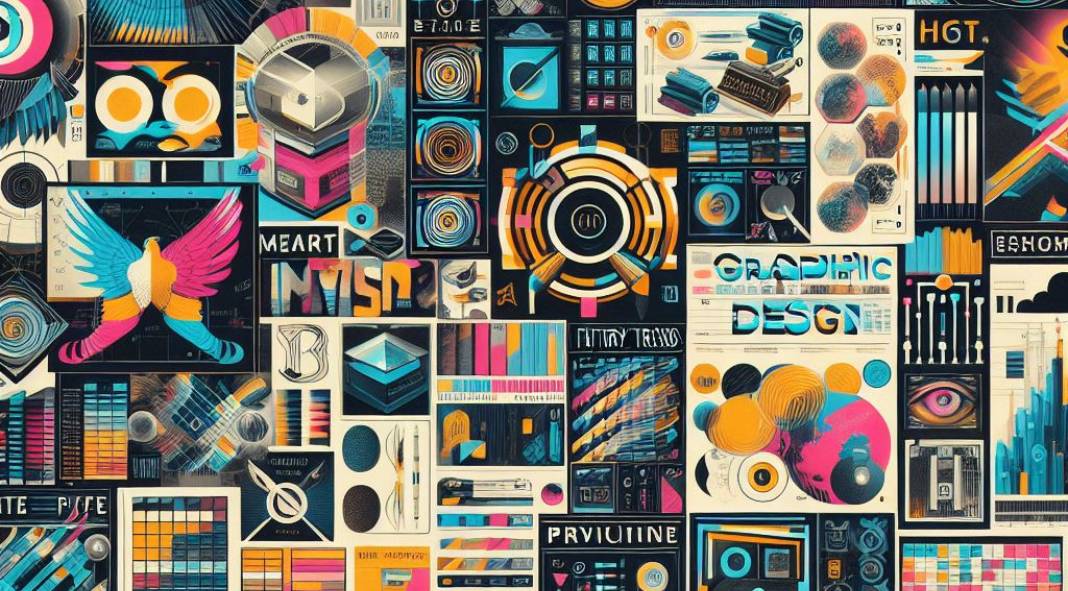Graphic design, once rooted in traditional mediums, has undergone a metamorphosis in the digital age. The advent of technology has not only transformed the tools at a designer’s disposal but has also redefined the very essence of the craft. As professional creatives navigating this dynamic landscape, understanding the evolution and embracing the possibilities it presents is key to staying relevant and impactful.
Part 1: Traditional Roots and Evolution
1.1 Origins of Graphic Design Delve into the historical origins of graphic design, tracing it back to ancient civilizations’ visual communication methods, through the Industrial Revolution’s print revolution, and into the modern era’s early design movements.
1.2 Transition to Digital Explore the pivotal shift from analog to digital tools, discussing the introduction of computers, software like Adobe Creative Suite, and their influence on design practices. Highlight the challenges and opportunities this transition brought forth for designers.
Part 2: The Digital Era: Opportunities and Challenges
2.1 Impact of Technology Discuss the transformative effects of technology on the graphic design landscape, from responsive web design to mobile interfaces, virtual reality, and augmented reality. Emphasize the need for adaptability in mastering these new mediums.
2.2 Design Thinking and User Experience (UX) Examine the rise of design thinking and UX/UI design, elucidating their importance in creating user-centric solutions. Discuss how these methodologies have reshaped the role of designers, focusing on problem-solving and empathy-driven design.
Part 3: Creativity in a Digital World
3.1 Embracing Multidisciplinary Approaches Highlight the necessity for designers to embrace multidisciplinary skills, blending graphic design with coding, motion graphics, 3D modeling, and other related fields to create immersive and dynamic experiences.
3.2 Balancing Aesthetics and Functionality Address the delicate balance between aesthetics and functionality in modern design. Illustrate how designers can marry visually stunning creations with usability and accessibility for diverse audiences.
Part 4: Future Trends and Innovations
4.1 Emerging Technologies in Design Explore cutting-edge technologies impacting graphic design, such as AI-generated designs, machine learning-assisted creativity, and blockchain’s potential role in protecting intellectual property rights.
4.2 Sustainability and Ethical Design Discuss the growing importance of sustainability in design practices, focusing on eco-consciousness, ethical considerations, and the role of designers in creating a positive impact on society and the environment.
Conclusion: Navigating the Ever-Changing Landscape
Wrap up by emphasizing the need for continuous learning, adaptability, and a passion for innovation in the graphic design field. Encourage designers to embrace change, seek inspiration from diverse sources, and remain committed to evolving alongside technology and societal shifts.
Feel free to browse through our Graphic Design section to get your dose of creative inspiration!
Subscribe to our newsletter!
















